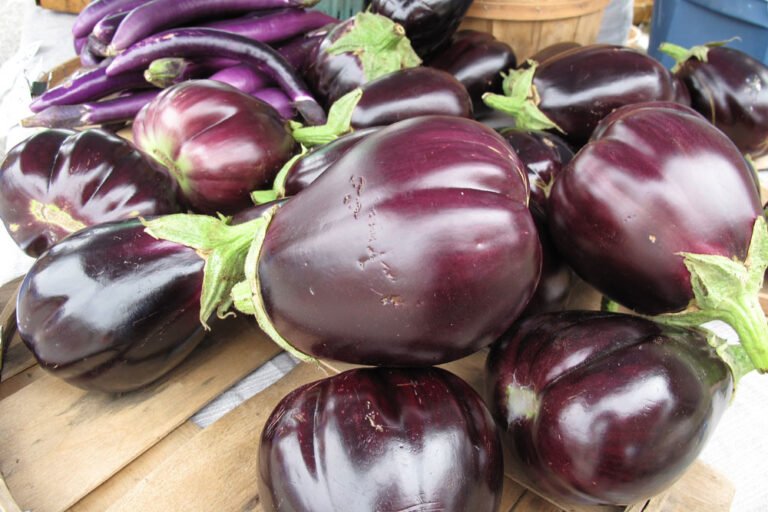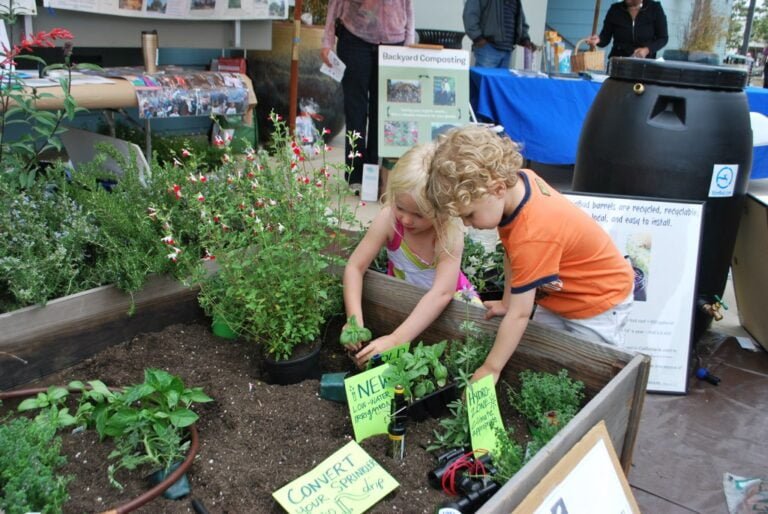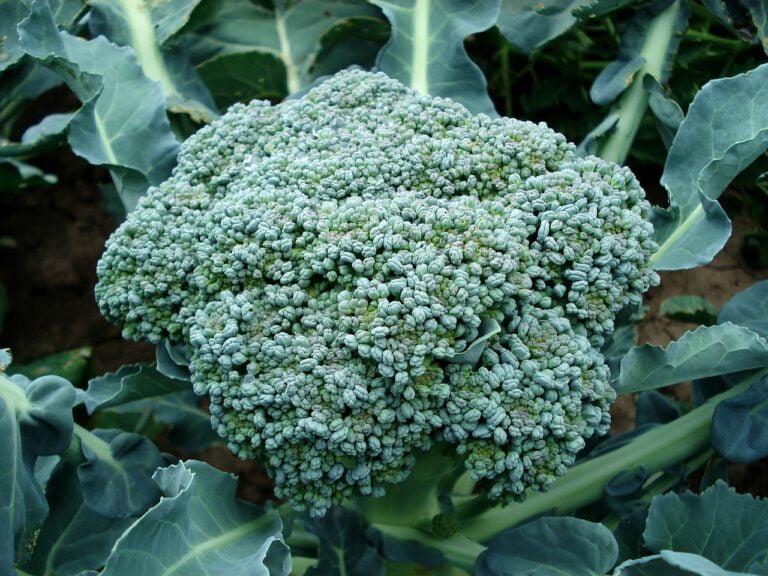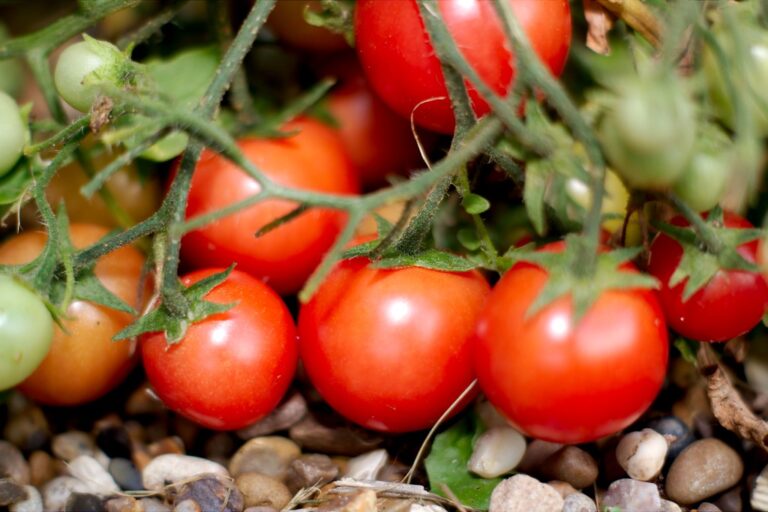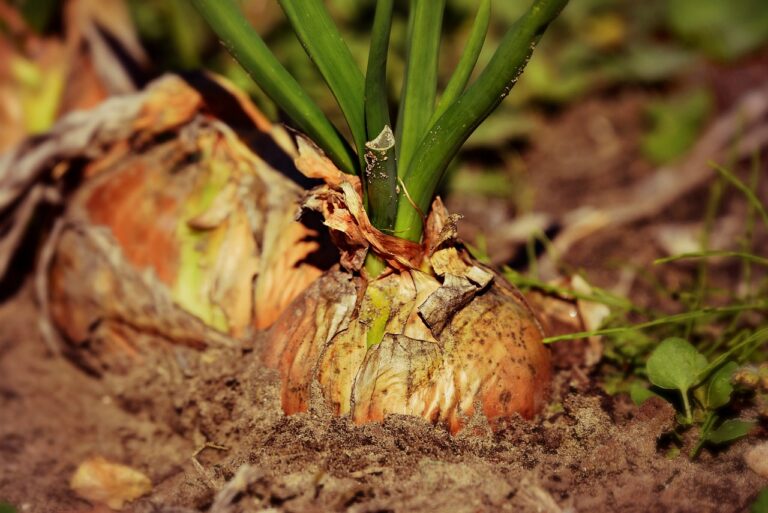Maximizing Space Efficiency: A Guide to Vertical Gardening for Vegetables
When maximizing space with vertical gardening for vegetables, utilize trellises, stakes, and wall-mounted planters. Choose sunny spots, maintain proper drainage, and pick crops wisely for a successful setup. Pay attention to watering routines, implement pest control measures, and manage nutrients effectively for best growth. Consider companion planting, barriers, and beneficial insects for pest management. Incorporate liquid fertilizers and automated irrigation systems for nutrient balance. Improve plant health with regular pruning and watering schedules. Vertical gardening can greatly boost urban harvests; careful planning leads to bountiful results.
Benefits of Vertical Gardening for Vegetables
Vertical gardening for vegetables offers a practical solution for maximizing space efficiency and increasing yields in limited urban areas. By utilizing walls, trellises, and structures, vertical gardening allows for the growth of plants in a vertical manner, optimizing the use of space. This method is particularly beneficial for small areas where horizontal space is limited, making it an efficient way to cultivate vegetables.
One of the key benefits of vertical gardening is its ability to optimize yields per square foot. By growing plants vertically, gardeners can make the most of the available space, leading to a higher productivity compared to traditional horizontal gardening methods. This increased yield is especially advantageous in urban environments where space is at a premium.
In addition to maximizing space efficiency, vertical gardening for vegetables has environmental benefits. It helps reduce soil erosion and water runoff by keeping the soil in place and allowing for efficient water usage. This promotes sustainable gardening practices and contributes to a healthier environment.
Furthermore, vertical gardening improves accessibility to fresh produce in urban areas. By utilizing vertical spaces, gardeners can grow a variety of vegetables even in constrained spaces, providing a source of fresh and healthy food for urban residents. Overall, the benefits of vertical gardening for vegetables make it an attractive and practical option for small urban gardens.
Ideal Locations for Vertical Gardening
When considering ideal locations for vertical gardening, it’s important to choose spots like balconies, patios, or fence lines to maximize space efficiency. These areas provide ample sunlight exposure and easy access for watering and maintenance. Prime locations allow for a variety of vegetables to flourish and benefit from the advantages of vertical gardening techniques.
Best Vertical Gardening Spots
In urban environments with limited space, ideal locations for vertical gardening include balconies, decks, patios, windowsills, and fence lines. Vertical gardening is a suitable solution for urban areas where traditional gardens are impractical due to space constraints. Plants such as pole beans, cucumbers, and tomatoes thrive in vertical gardening setups, maximizing space efficiency by growing upwards on structures. Benefits of utilizing these best spots for vertical gardening include easier harvesting, cleaner produce, and improved air circulation.
- Balconies
- Decks
- Patios
- Windowsills
Perfect Locations for Veggies
For ideal growth and yield of vegetables in vertical gardening setups, selecting sunny locations with sufficient sunlight exposure is vital. Vegetables such as tomatoes, peppers, cucumbers, and beans need well-drained soil and ample sunlight to thrive. Ideal sunlight exposure can be achieved by utilizing south-facing walls or fences for vertical gardening. Vertical gardening is particularly advantageous for efficient vegetable cultivation in small spaces like balconies, patios, or walls. Good air circulation is essential for the health and productivity of vegetables in vertical gardens, promoting high yields. By strategically placing vertical garden structures in sunny spots with good air circulation and ideal sunlight exposure, vegetable growers can maximize space efficiency and achieve successful harvests.
Designing Your Vertical Vegetable Garden
To design a vertical vegetable garden effectively, evaluate the sunlight exposure and structural requirements first. When designing your vertical vegetable garden, it’s important to take the following into account:
- Sunlight Exposure: Assess the amount of sunlight the chosen location receives daily to guarantee your plants get sufficient light for healthy growth.
- Support Structures: Choose materials such as metal grids, sturdy mesh, or timber battens to provide stability and durability to your vertical garden setup.
- Proper Drainage: Make sure that your containers have enough drainage holes to prevent waterlogging, which can result in root rot and other issues.
- Aesthetic Appeal: Design your vertical garden not only for practicality but also for visual appeal, incorporating elements that improve the overall look of your space.
When selecting suitable crops for your vertical vegetable garden, consider varieties like aubergines, chillies, cucumbers, herbs, lettuce, and strawberries that thrive in vertical growing conditions. By carefully planning the layout, materials, and plant selection, you can create a vertical vegetable garden that maximizes space efficiency while ensuring stability in containers. Remember, a well-designed vertical garden can be both functional and visually pleasing, providing a bountiful harvest in a limited space.
Essential Materials for Vertical Gardening
When setting up a vertical garden, securing sturdy trellises, stakes, cages, and wall-mounted planters is vital for providing structural support to your plants. Sturdy trellises made from materials like steel, bamboo, cedar, or rebar ensure durability and stability in your vertical gardening setup. These materials can withstand the weight of climbing crops like tomatoes, cucumbers, and beans.
For crops that require additional support, using metal livestock fencing or chicken wire to create sturdy cages is advisable. These materials can support heavy produce such as melons and squashes, preventing them from weighing down the plants or falling off the structure.
Wall-mounted planters are essential for maximizing space efficiency in vertical gardening. Make sure that these planters have proper drainage systems in place to prevent waterlogging, which can lead to root rot. Additionally, stability is key to prevent accidents or damage to both the plants and the structure.
Utilizing materials like PVC, wood, or metal conduit for stakes provides vertical support for a variety of crops. Choose materials that are strong and long-lasting to ensure your vertical garden remains stable and productive throughout the growing season.
Choosing Suitable Crops for Vertical Gardens
Pole beans, peas, cucumbers, melons, and tomatoes are ideal crop choices for vertical gardens due to their climbing characteristics. When choosing plants for vertical gardening, it’s important to think about their ability to grow vertically and utilize the available space efficiently. Here are some key points to keep in mind when picking suitable crops for vertical gardens:
- Utilize Climbing Plants: Opt for climbing plants like pole beans and peas that can be easily trained to grow upwards on trellises or stakes, making them perfect for vertical structures.
- Maximize Vertical Space: Crops such as cucumbers and melons, which thrive in vertical gardens, can help maximize productive yields per square foot by efficiently utilizing the vertical space available.
- Ensure Efficient Utilization: By selecting the right plants that are well-suited for vertical gardening, you can make sure that your vegetable growth is space-efficient and productive.
- Select Space-Saving Vegetables: Focus on space-saving vegetables like tomatoes, which can be grown vertically to save space and optimize your vertical garden for a bountiful harvest.
Maintenance Tips for Vertical Vegetable Gardens
To maintain a thriving vertical vegetable garden, it is essential to pay attention to watering frequency, pest control strategies, and nutrient management. By adhering to a regular watering schedule, pests can be deterred, and plants can receive the necessary hydration. Implementing effective pest control measures and providing proper nutrients through fertilizers or compost tea are key components in ensuring the health and productivity of vertical vegetable gardens.
Watering Frequency Tips
Maintaining ideal soil moisture levels is essential for the health and growth of vegetables in vertical gardens. Addressing watering frequency in vertical gardens involves considering several factors, such as plant type, environmental conditions, and container size. Here are some watering frequency tips for vertical gardening:
- Adjust watering based on plant growth stages and seasonal changes.
- Consider using self-watering containers or drip irrigation systems for consistent moisture levels.
- Monitor soil moisture regularly to prevent underwatering or overwatering.
- Plants in vertical gardens may need more frequent watering due to increased exposure to sunlight and wind.
Pest Control Strategies
Adjusting watering frequency based on plant growth stages and seasonal changes, one critical aspect of vertical gardening maintenance involves implementing effective pest control strategies. Companion planting with pest-repelling herbs like basil and marigolds can naturally deter pests in vertical vegetable gardens. Utilize physical barriers such as insect netting or row covers to protect crops from common garden pests like aphids and caterpillars. Regularly inspect plants for signs of infestations like chewed leaves or wilting, addressing issues promptly. Introduce beneficial insects like ladybugs and lacewings to manage pest populations without chemical pesticides. Additionally, maintain garden hygiene by removing debris and fallen leaves to reduce hiding spots for pests in vertical vegetable gardens. These practices help ensure a healthy and thriving vertical garden.
Nutrient Management Advice
Optimizing nutrient intake is a key factor in maintaining the health and productivity of vertical vegetable gardens. To guarantee proper nutrient management, consider the following maintenance tips:
- Incorporate liquid fertilizers or compost tea to provide essential nutrients.
- Utilize automated drip irrigation systems for efficient watering and nutrient distribution.
- Perform regular maintenance tasks such as pruning and feeding to promote healthy plant growth.
- Maintain consistent moisture levels to improve nutrient absorption and overall plant health.

